Developing Picture Books Can Be As Complex As Epic Tales
Why a Picture Book Manuscript Always Benefits From Systematic Planning
by Vincent Teetsov
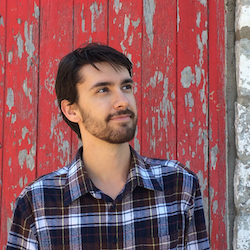
Residing at the crossroads between songwriting, picture books, and non-fiction with a cultural focus, Vincent Teetsov is a communicator with the ambitious goal of inspiring the world to innovate and live meaningfully through multimedia creations. Since 2013, he has released several music albums and books, relating to topics of history, language, and the passage of creativity through time. This has been particularly impacted by his time living across the United States, Italy, and the UK. Since 2015, he has collaborated with illustrator Laani Heinar in creating the children’s stories, comics, and songs for Pumpkin and Stretch.
You can follow Vincent’s latest activity on Instagram here: www.instagram.com/pumpkinandstretch/ and here: www.instagram.com/vincentteetsov/.
Squeezing 90,000 Words Into 1,000
Admittedly, there is less text in a picture book than you will find in a novel. In a picture book, printing specifications typically dictate that there should be 32 pages. This even number allows for the story’s pages to be folded up neatly into a single stack, called the ‘signature’. After printing, the signature is then cut and bound together. Novels have less specific requirements.
With these differences in length, sometimes outsiders to the process of writing will assume that creating a picture book is easier. This is compounded by the fact that most picture books are written for children and use simpler language. Actually, it’s even harder to get this language right than when writing for adults.
Traditionally, picture books had more text. The current approach, however, to text in picture books is more minimal. Even so, I would argue that the process of creating a story to fit within smaller confines is just as challenging as it is to write longer prose.
Just as with a longer book, there needs to be a cohesive story arc with a beginning that explains the setting and motivations of the protagonists and antagonists. This is followed by rising action and tension due to a conflict that stands between the protagonists and their goals. This conflict peaks in the climax, which is then resolved by the end of the story. Authors might throw in a twist to re-shape our perceptions of the entire story at the end.
If you think about it, to fit all of these storytelling stages into less than 32 pages—considering some of those pages are blank endpages—is extremely challenging. The storytelling task allotted to children’s picture book creators is similar to that of a poet or a songwriter: You need to find a way to very succinctly tell your story. Each word needs to allude to larger truths about characters and their personalities. In addition to the accompanying illustrations, these words need to inspire a sense of caring about the main characters and their journey, of “likeability” or empathy.
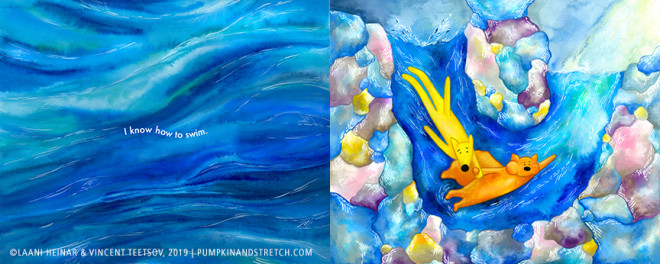
Don’t Tie Yourself Up In Knots!
In my own personal experience writing picture book manuscripts, I’ve found that more preparation always results in a more articulate story.
When you begin writing, the temptation is there to dive right into the body of the manuscript. The results can be comically wide-ranging. I’ve ended up with several stories in an awkward form between a picture book and a short story. Sometimes there is too much emphasis placed on the movement of characters from place to place, which reads more like a tour travel itinerary!
I’ve found that the best way to start a story is to decide what the main message or theme is. Even if you are not targeting a specific theme, there will be a general feeling that you want your story to convey.
Of course, this feeling needs to be demonstrated in a series of events. It just so happens that Beemgee offers you the tools to lay all of this out in an organized way. To all picture book authors, I’d like to share how you would benefit from the use of their web app.
Using Beemgee to Create Picture Book Frameworks
Anywhere that you have an internet connection, you can use Beemgee to construct the page order of your picture book. To begin, enter the title of your story. If you haven’t signed up yet for a Beemgee account, you can get going with your story by just going to the Beemgee.com start page. Type in a title right there.

Go ahead and input the names of your story’s characters, so you can develop them later.
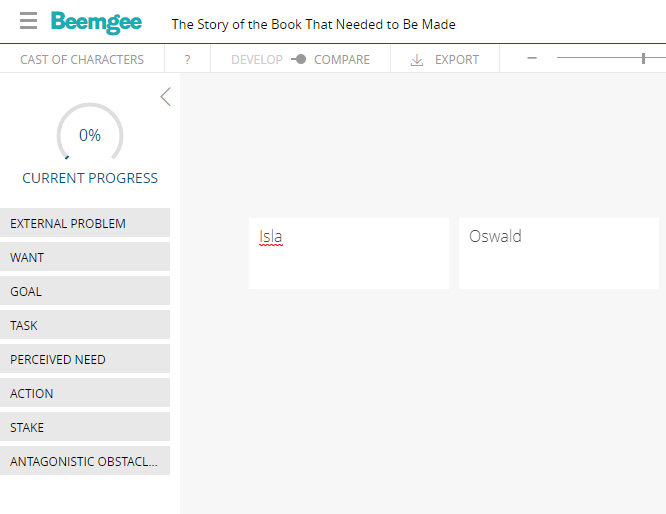
Choose “Plot” from the upper taskbar. In this section, you can click the “+” to add a new event.
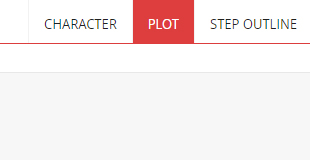 Create an event for each spread of the picture book, which means every two pages that face each other. This helps you plan important page turn moments, when you can use the physical act of turning the page to surprise the reader with an unexpected event.
Create an event for each spread of the picture book, which means every two pages that face each other. This helps you plan important page turn moments, when you can use the physical act of turning the page to surprise the reader with an unexpected event.
 In the plot view, you can drag and drop the events into a different order. This is useful when you want to introduce a piece of story information earlier on in the story.
In the plot view, you can drag and drop the events into a different order. This is useful when you want to introduce a piece of story information earlier on in the story.
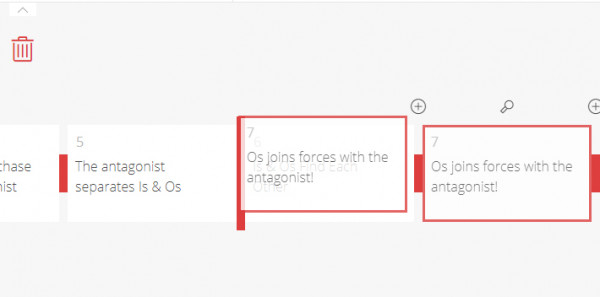
One added benefit of the premium version of Beemgee is that you can add more detail to each event. To view all details per plot event, you would click on the magnifying lens icon above each event.
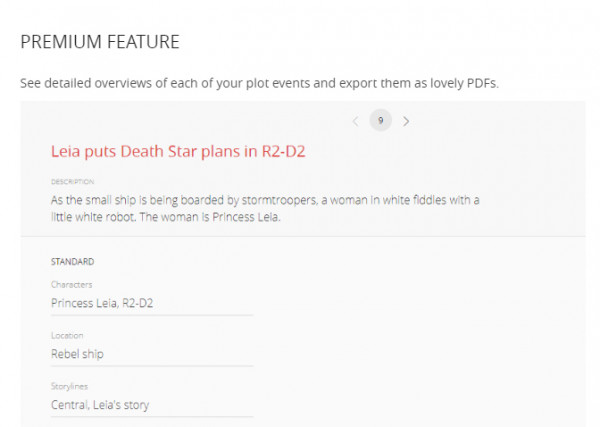
A Whole Story in 32 Pages? This is no problem with Beemgee!
By using Beemgee, authors can bring their story organization tools with them wherever they go. Edits are easy to make. You can even create multiple event storylines and see where they match up. You can keep track of what your characters are striving for and weave that into each page of your book.
Personally, I find it helpful to organize all of my ideas in one place. The best picture books around show how incredibly layered and nuanced the art form is. With creative planning, I think we can create even more stories for kids that will bring joy and inspiration into the world.
Try developing your own story.
